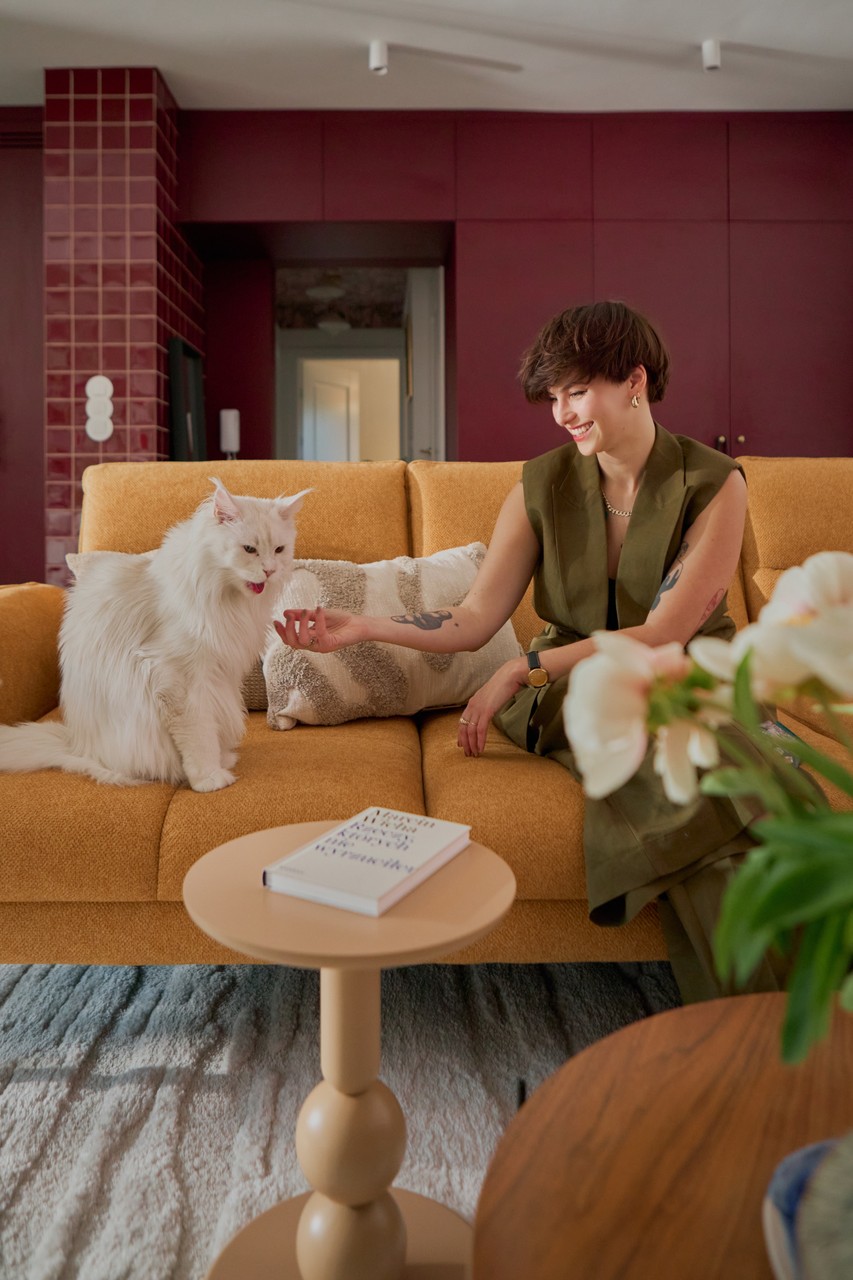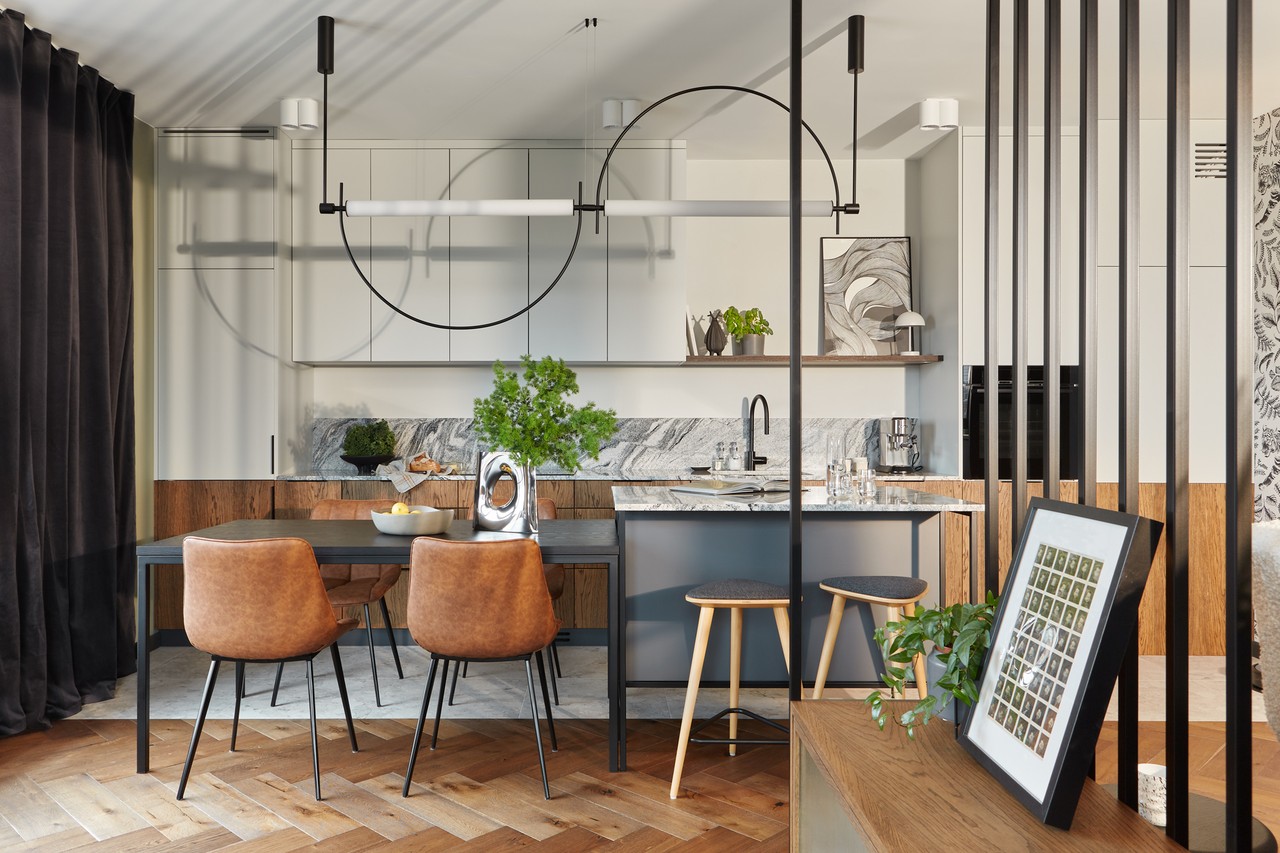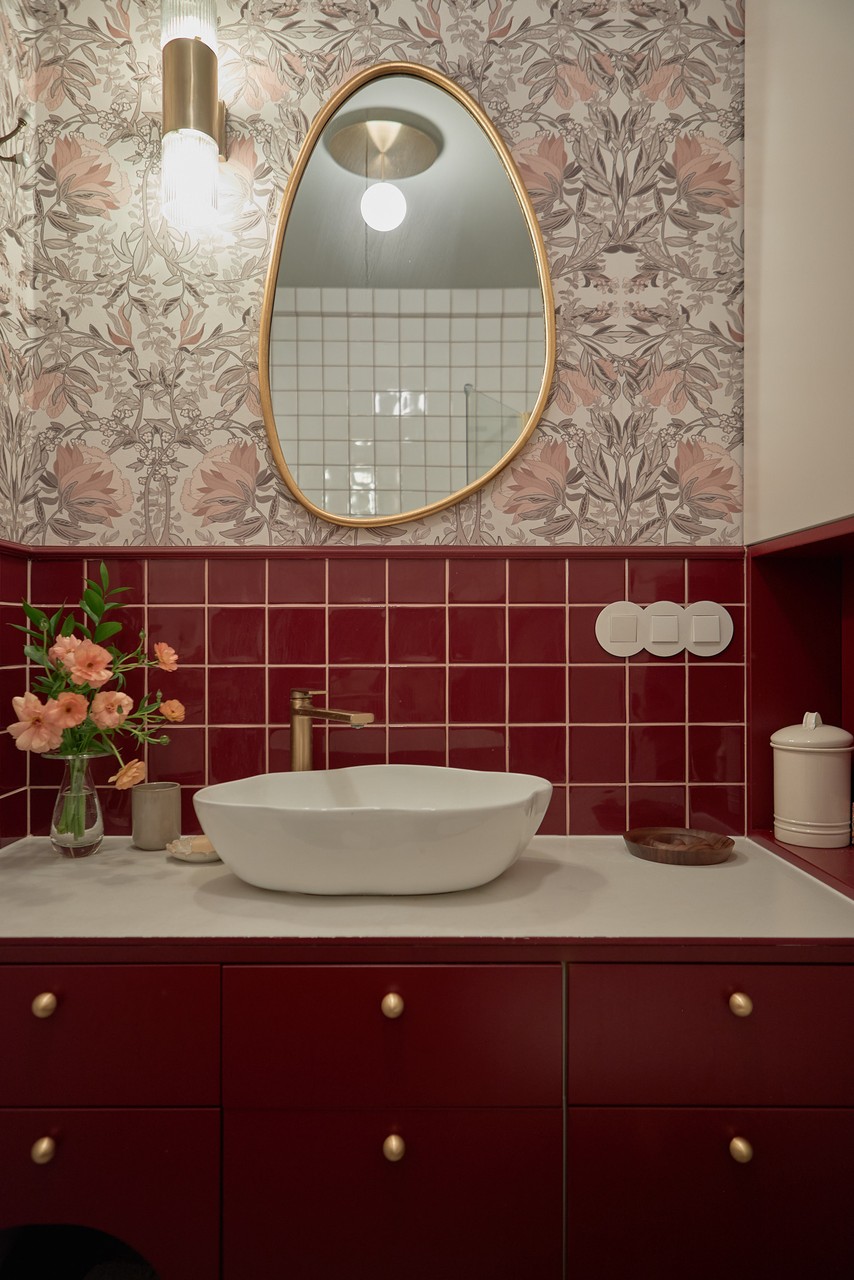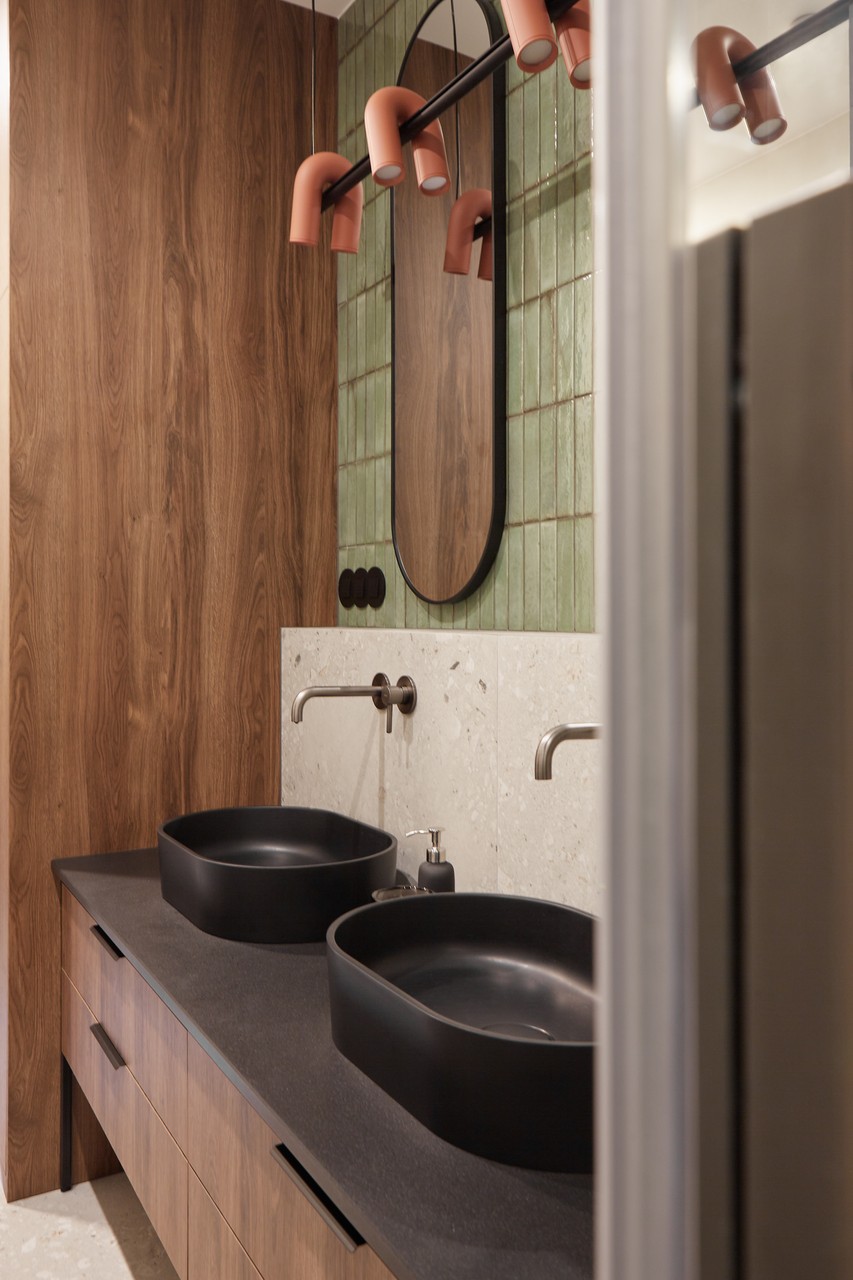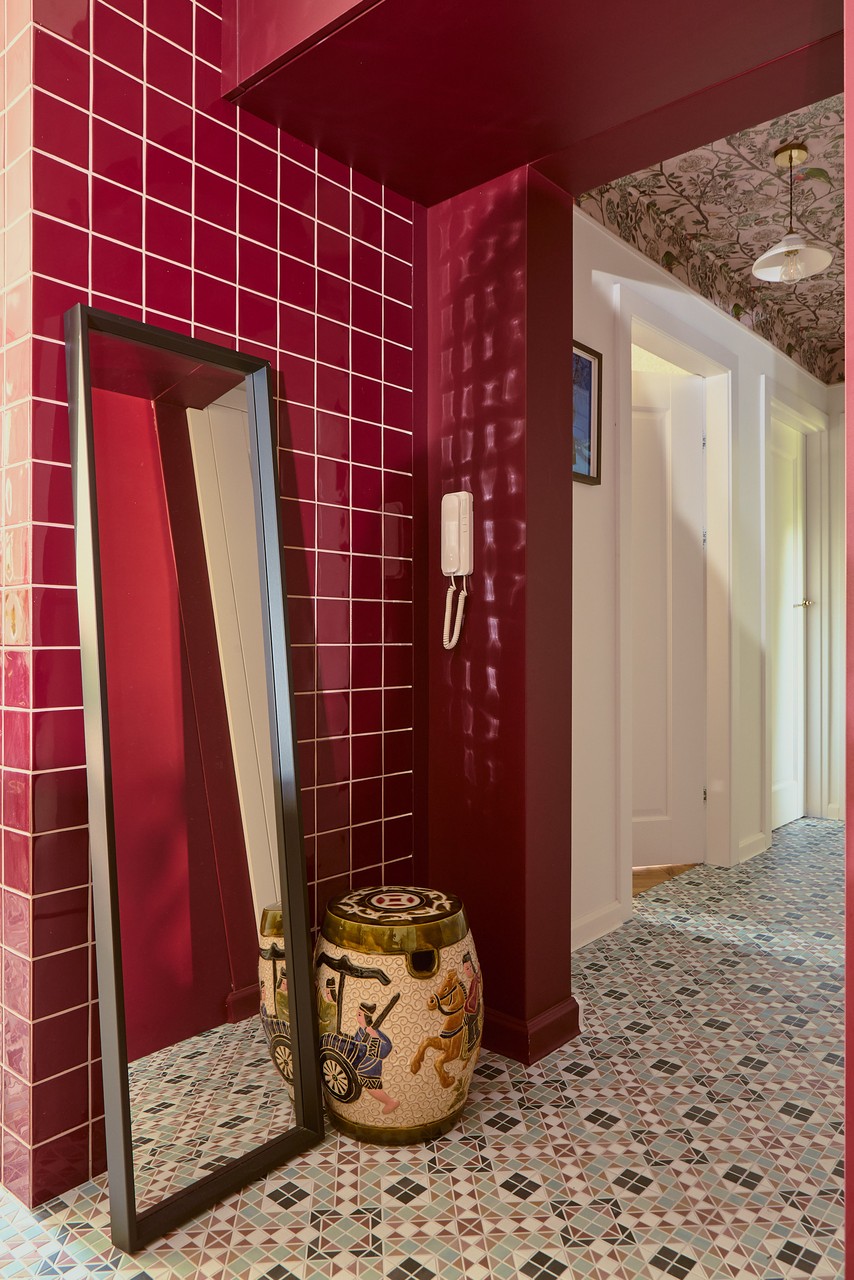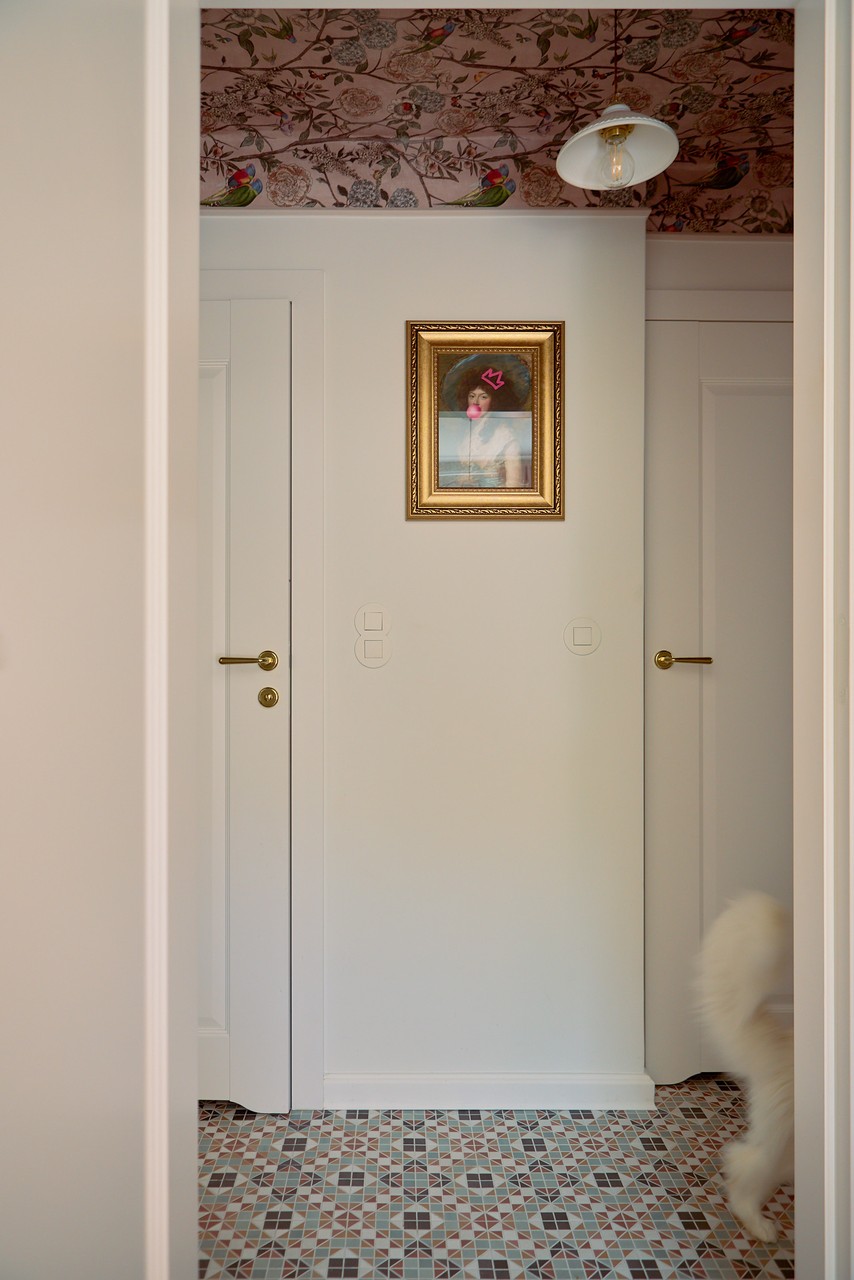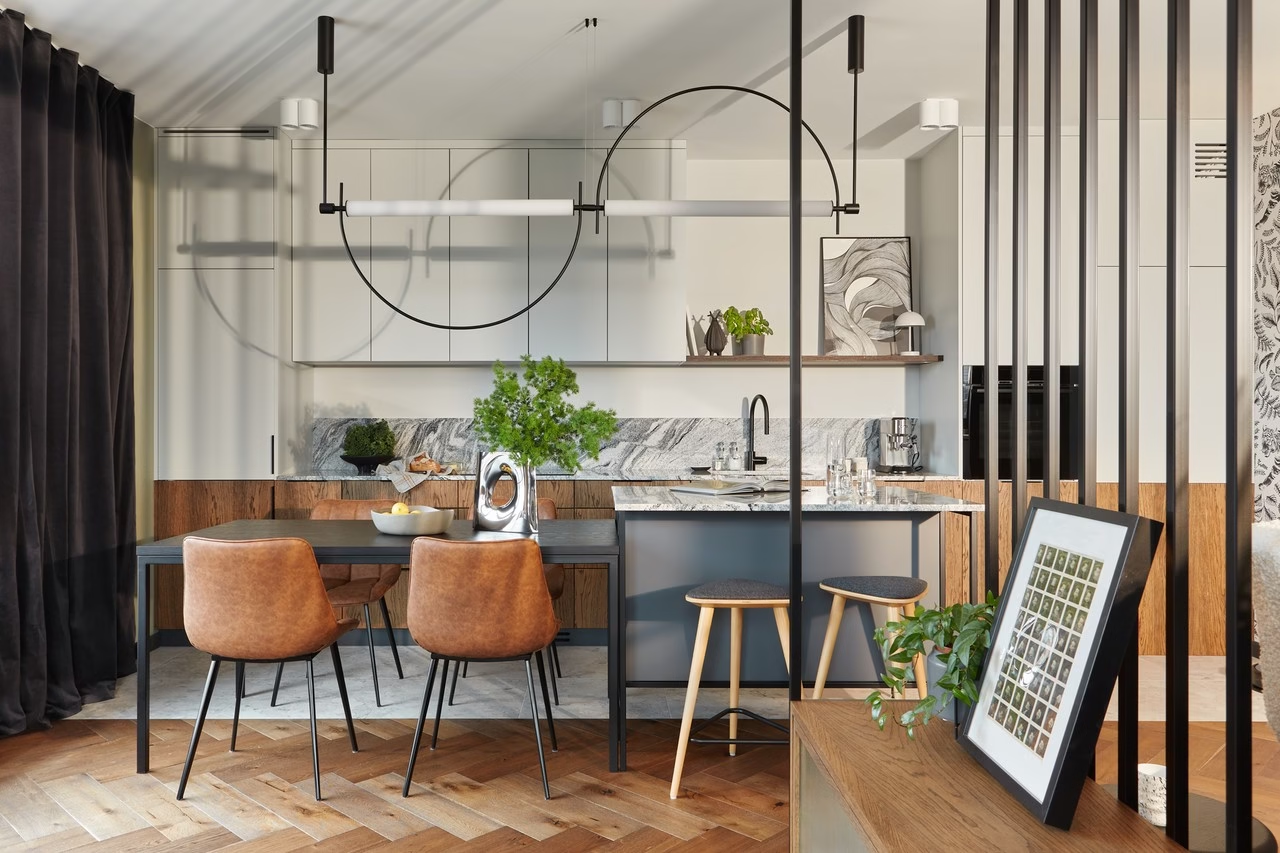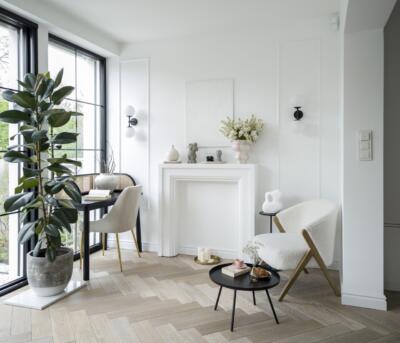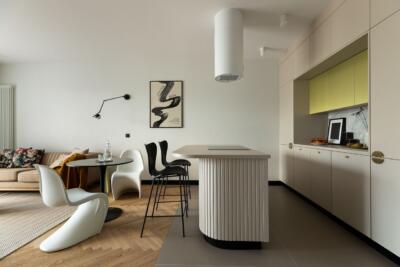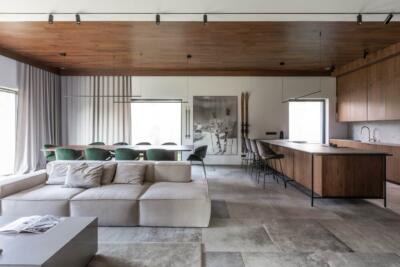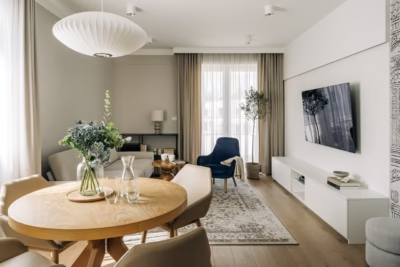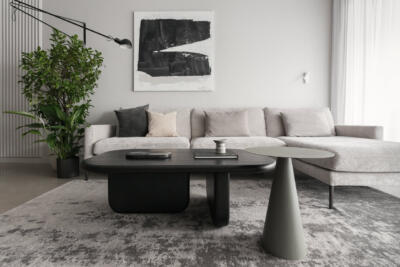Zuza Pikiel, who has been running her own studio for more than 10 years, is an architect who does not settle for reproducible, mass-produced solutions. In her practice, she focuses on an individual and creative approach to each project. With a bold use of colour and detail, as well as unconventional thinking about functionality, she creates harmonious spaces that are impossible to pass by indifferently. How did her journey begin? What kind of place would she live in? Which project taught her the most? You can find out below! Enjoy your reading!
Artistic element and fascination with design
Having grown up in a home with an architect who graduated from Gdańsk University of Technology, her fascination with design came naturally. Nevertheless, Zuza Pikiel did not immediately know how her professional path would turn out. Recognising her artistic talent, she quickly set her sights on the Academy of Fine Arts. However, it was only in upper-secondary school that she discovered that the university offered a degree in architectural design. Then everything became clear. Her studies, followed by internships and work in design offices, only deepened her belief that interior design, rather than building architecture, was her true calling.
What can you learn from designing a modern palace?
Zuza Pikiel decided to set up her own studio very quickly, shortly after obtaining her master’s degree. At the beginning of her freelance career, she faced a unique challenge which came in the form of a project lasting a few years to design a huge palace-style house. A demanding visual style that is easy to spoil with tackiness, expensive materials that cannot afford any compromises in quality, and a huge number of details that could not remain unmatched… Today, the architect recalls all this as an extremely valuable lesson, by virtue of which she quickly had to stand on her own two feet.
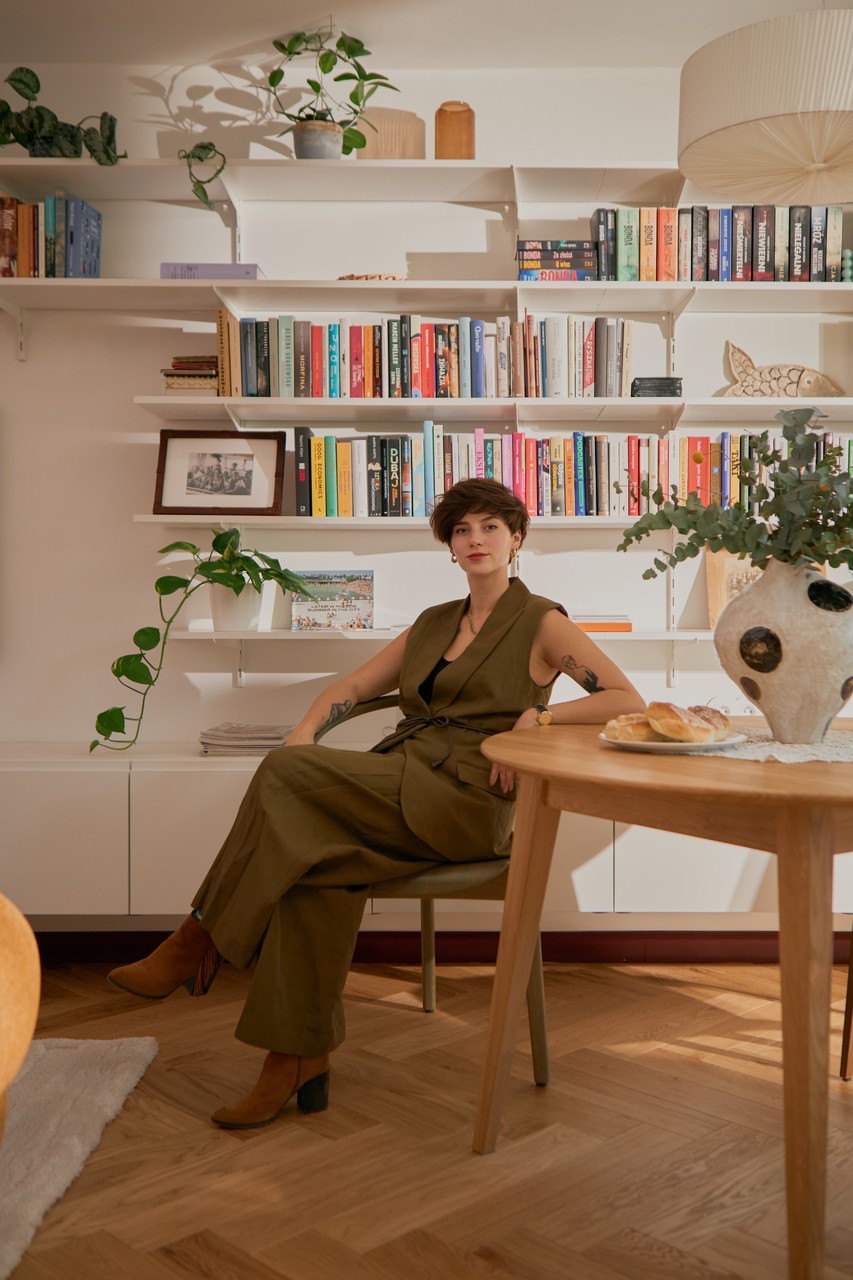
What values and outlook guide your design work? What are your priorities in creating interior designs?
Asking questions – that’s the key for me. The more information we receive from the client – about their preferences, lifestyle, and perception of the surrounding space – the better the design will be. I don’t totally believe that we like living in generic-like home decor. Your home should be for you.
Do you have a favourite interior design style? If so, what kind?
This is always a difficult question, and for many years I didn’t know how to answer it, because favourite styles change over time. Currently, when thinking about decorating my own place, I would go for tropical modernism, inspired by the work of Geoffrey Bawa, a master architect from Sri Lanka.
What materials and technologies do you most like to use in your projects?
Natural wood floors, natural stone on countertops and in details, brass. Colour on a large scale. Original furniture from smaller manufacturers.
What are your experiences of working with clients? What do you think is the key to a successful collaboration?
Trust and honest conversation. Similar sense of humour. Human contact. I can’t pretend to be someone I’m not, and I feel that in the client–architect relationship, this kind of authenticity is also very important. In the design process, we often touch on very sensitive subjects – clients let us into their world, their comfort. Without empathy and respect for the other person, it would be much more difficult.
Can you describe the most interesting project you have worked on?
An example from last year: a turnkey flat realised for clients who live abroad on a daily basis, so we carried out the entire project remotely. My studio worked here on behalf of the clients, taking care of not only the design, but also shopping, organising the refurbishment, supervision, final cleaning, and selecting paintings. Every project is rewarding, but the effort put into this type of project brings satisfaction on a whole new level!
Do you offer a consultation service?
Yes – these are usually online consultations, during which I discuss with clients, for example, the possibilities of arranging a flat before purchasing it.
